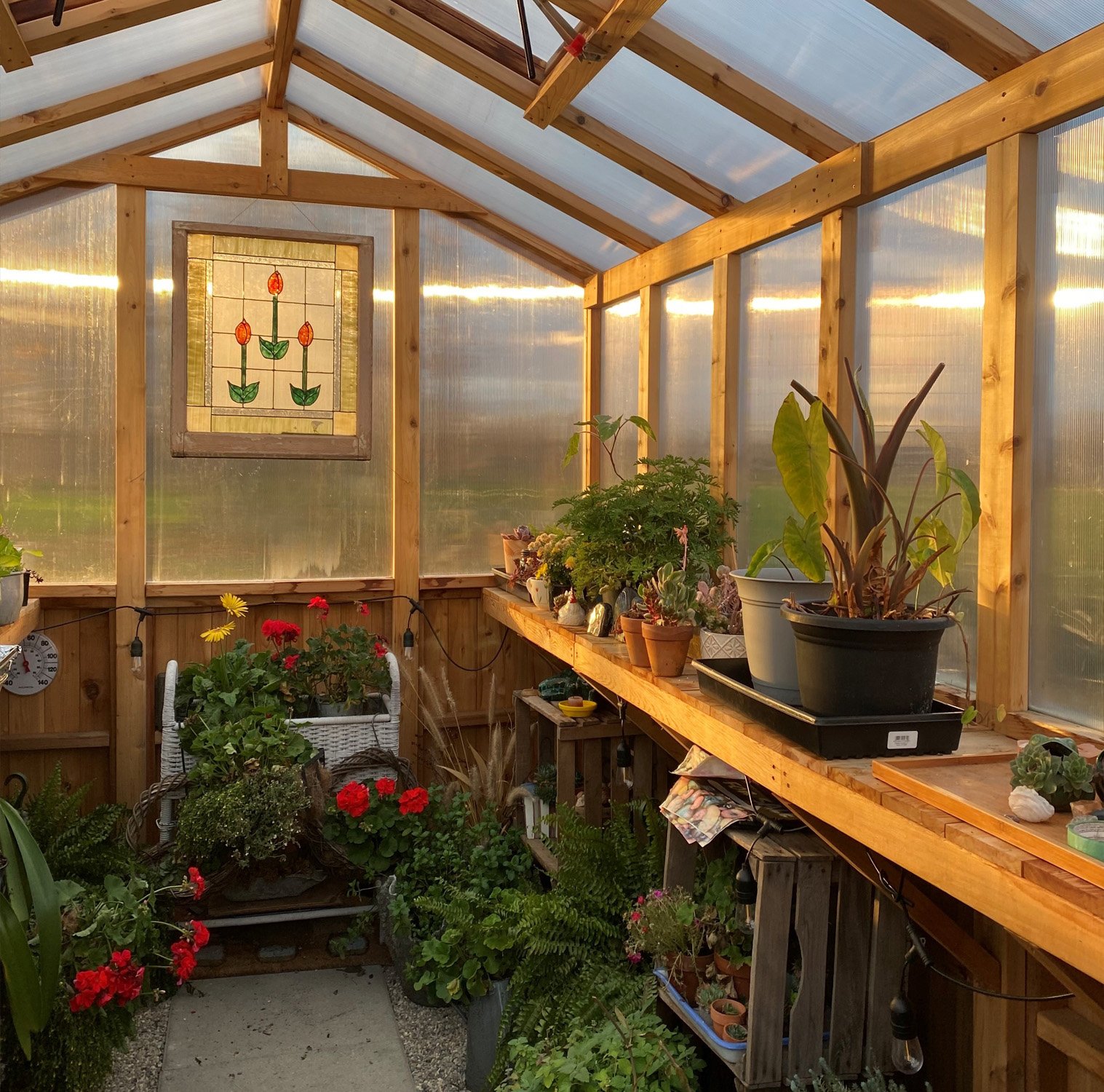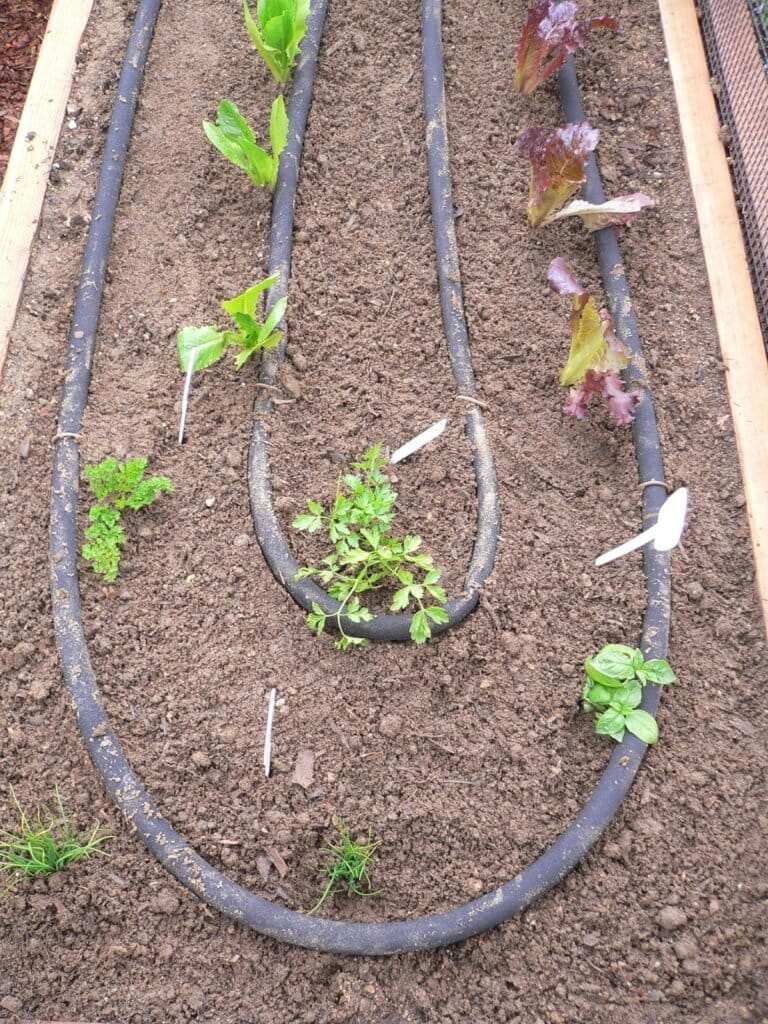Getting Ready for Gardening with a Greenhouse: Your Ultimate Guide!
Gardening enthusiasts often face the challenge of growing plants in unfavorable weather conditions or limited space. Thankfully, the solution lies in setting up a greenhouse—a controlled environment that allows you to extend your gardening season and cultivate a wide variety of plants. Outdoor Living Today offers a range of high-quality greenhouses that can enhance your gardening experience.
In this blog post, we will guide you through the essential steps to get ready for gardening with a greenhouse, with a special focus on incorporating Outdoor Living Today’s greenhouses into the process. Prepare to create an optimal environment for healthy and thriving plants with the help of Outdoor Living Today’s exceptional products.
1. Selecting the Right Greenhouse
Choosing the perfect greenhouse from Outdoor Living Today’s selection is the first step. Consider the available space, budget, and the types of plants you wish to grow. Outdoor Living Today offers various sizes and styles to suit your needs from our 8×8, and 8×12 Cedar Greenhouses, to the less traditional, and more modern Sunshed Models which are available in 8×8, 8×12, 12×12, and 12×16 sizes.
2. Site Selection and Preparation
Identifying the ideal location for your Outdoor Living Today Greenhouse is crucial. Select a spot that receives maximum sunlight throughout the day, preferably facing south. Clear the area of any debris or obstacles that may hinder construction or plant growth. Ensure a level foundation and consider installing a weed barrier to prevent unwanted vegetation from encroaching on your greenhouse space.
3. Sustainability
Western Red Cedar is a sustainable choice. It is harvested from responsibly managed forests in Canada and the United States, which means that the production process has a lower environmental impact than other materials. This is because the forests are carefully monitored and replanted, ensuring that the ecosystem is protected for future generations.
4. Climate Control and Ventilation
Maintaining optimal temperature and ventilation is vital for successful greenhouse gardening. Outdoor Living Today’s greenhouses are designed with ventilation features, such as adjustable roof vents, allowing you to regulate temperature and humidity levels. Adequate airflow helps prevent disease, mold, and pests while ensuring optimal plant growth.
5. Irrigation and Water Management
A reliable watering system is essential to keep your plants adequately hydrated. Consider installing a drip irrigation system or misting nozzles to deliver consistent moisture. Regularly monitor water levels and adjust irrigation accordingly. Rainwater collection systems, such as rain barrel kits, also offer eco-friendly and cost-effective alternatives to conventional water sources. Proper drainage is equally important to prevent excess moisture, which can lead to root rot or fungal diseases for your plants.
6. Soil and Plant Selection
Choosing the right soil and plants is crucial for greenhouse gardening success. Ensure your Outdoor Living Today greenhouse has good-quality, well-draining soil enriched with organic matter. Conduct soil tests periodically to monitor nutrient levels and pH balance. Select plants suited to the greenhouse environment, considering temperature, humidity, and light requirements. Start seeds indoors and transplant them when they are ready. Alternatively, Outdoor Living Today’s greenhouses can accommodate young plants purchased from nurseries for faster results.
Conclusion
By incorporating Outdoor Living Today’s exceptional greenhouses into your gardening endeavors, you can elevate your greenhouse gardening experience. Follow the essential steps outlined in this guide to prepare for gardening with a greenhouse, while utilizing the features and benefits offered by Outdoor Living Today’s quality products. With careful planning, proper site selection, climate control, irrigation management, and thoughtful plant choices, your Outdoor Living Today greenhouse will become a haven for healthy and flourishing plants, providing you with year-round gardening enjoyment. Happy gardening with Outdoor Living Today!











